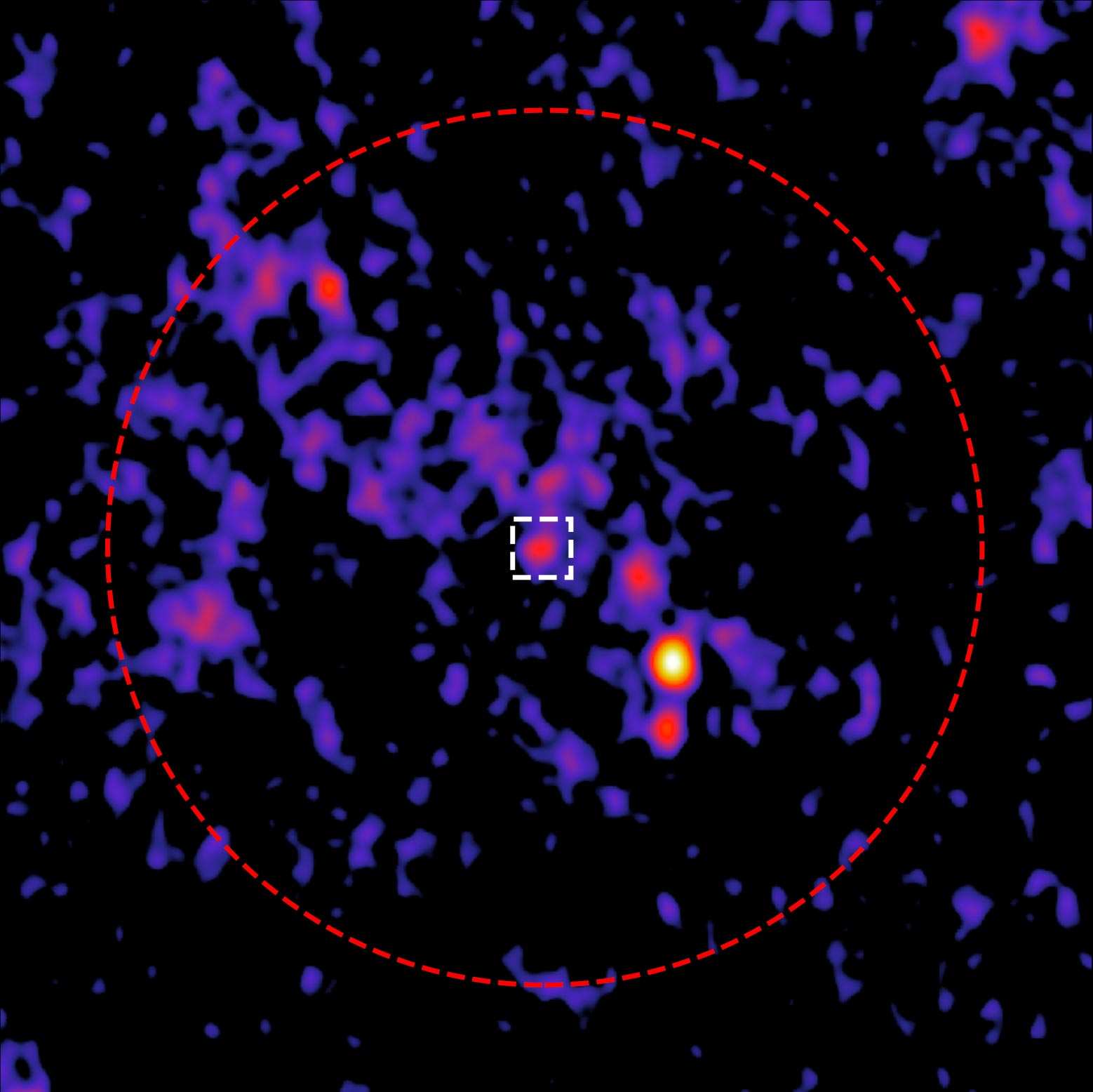One of the famous globular clusters of the Milky Way emits mysterious radio waves. New observations indicate this. Scientists believe that this intriguing signal may come from a medium-sized black hole in cluster 47 Tucanae (NGC 104). If this is indeed the case, then this will be a unique discovery.

Globular clusters are ancient groups of stars scattered around the Milky Way galaxy. The stars inside these clusters are much denser than in other parts of the galaxy. 47 Tucanae contains more than a million luminaries in a sphere 120 light-years in diameter and is the second brightest in the sky, visible even to the naked eye.
Scientists from the International Center for Radio Astronomy Research (ICRAR) used the Australia Telescope Compact Array (ATCA) to create the most detailed radio image of 47 Tucanae. In the very center of the cluster, located at a distance of about 14.5 thousand light-years from the Sun, they discovered an unusual source of radio waves.

Scientists are considering the possibility that the signal can be generated by a medium-sized black hole or a pulsar — a rapidly rotating neutron star emitting radio waves. The finding of a medium-sized black hole would be an important discovery in the history of radio astronomy.
Medium-sized black holes are a transitional stage between smaller stellar black holes left after the death of giant stars and huge supermassive black holes located in the centers of galaxies. There is an assumption that supermassive black holes form as a result of the merger of smaller ones, but researchers still do not have enough evidence for this phenomenon.
The image of 47 Tucanae obtained by ATCA was captured in unprecedented detail. But the expected images from the Square Kilometer Array (SKAO) observatory, which is under construction, will show this object in even more detail, which will help reveal its true nature. SKAO will consist of thousands of radio antennas and will become the most sensitive radio telescope in the world after completion. Tim Galvin, a CSIRO researcher who collaborated on the study, points out that this project tests software on the edge of possibilities and opens up new horizons in science.

The conclusion of the study, published on January 15 in The Astrophysical Journal, indicates that the new software will be able to help enhance the power of SKAO to detect the weakest objects in the universe.
Earlier, we reported that Hubble captured a star cluster near the neighbor of the Milky Way.
According to scitechdaily.com
Follow us on Twitter to get the most interesting space news in time
https://twitter.com/ust_magazine


